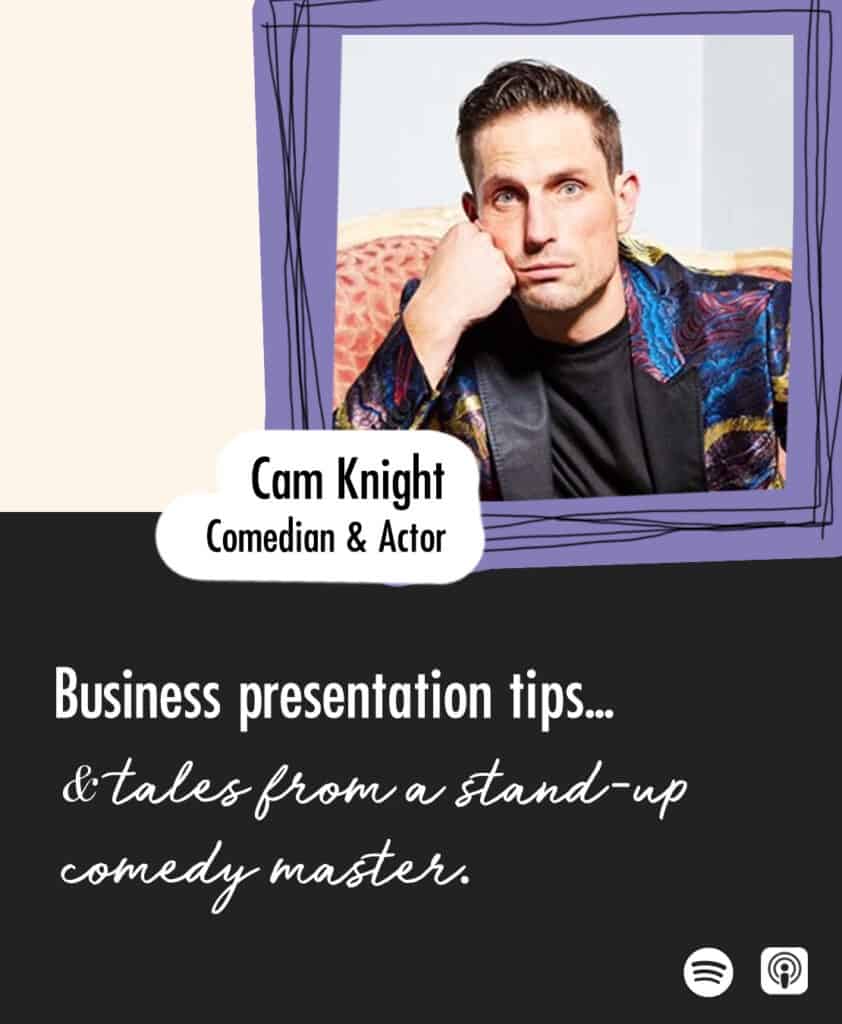Good business presentations take a lot of consideration, planning and practice – no matter how good a ‘performer’ the presenter is. The basic elements of a good presentation include a structure, a story, creative production (visual / audio / video / props) and a good speaker. Each aspect takes work to pull together a truly engaging presentation.
Let’s start with structure. Not only does this make your presentation easier to work on, it also makes it easier for your audience to follow. Having a structure in place will also make it easier to memorise your presentation.
Yes – memorise! Because your eyes shouldn’t be looking at a paper when you’re presenting and nor should they be staring at the screen reading out bullet points! All eyes should be on your audience. No eye contact, no connection. Structure helps you to quickly learn and recall the order of your presentation which in turn makes it easier to recover if you do forget a particular point.
Now if you have a marketing or comms team in your organisation, they are in a great position to help you with developing the structure. What I would caution you on is leaving the ‘story-telling’ to them – you need to have a strong hand in the story you want to tell because that is what will help you connect with the content and therefore deliver it more authentically.
The structure is the cold hard stuff that you must cover off in order to achieve your objectives.

Set the objective upfront
You need to define what it is that your presentation must achieve. Every content decision you make must be assessed through this lens – ask yourself – does this get me closer to my goal. If not, get rid of it. Success is sacrifice after all!
Set the tone and agenda (the beginning)
Give your audience an idea of the journey you’re going to take them on, why and what they can expect. Is there an elephant in the room? You should consider addressing it upfront. Otherwise, they’ll be so distracted by the elephant they won’t notice the gazelles. Does that analogy work? I don’t know – but you get my point.
What are the three messages you want to get across? (the middle)
Figure out what these messages are. And then see what you have to back them up. They have to be believable and you have to be able to bring them to life with anecdotes, facts, evidence and research. If you are finding it hard to back up any of the messages you’ve chosen – it’s a sign that it shouldn’t be one of your messages! Scrap it and find another.
When you’re mapping out your presentation, each message becomes a section of its own. Once you cover off each section, you summarise it before you move on.
Conclusion (the end)
The conclusion is your opportunity to recap on your three messages and tie back to your intro and what you promised your audience you would deliver. Is there an action you want them to take? Something you want them to believe? Emphasise it here.
Pretty simple, right? Not at all. In practice, this can be messy and confusing and may require you to change the messages or the order as you go through the journey of building the presentation. That is absolutely fine. Don’t be rigid. The idea is not to have a perfectly designed PowerPoint presentation. It’s to have a well thought out presentation and a compelling story.

Learn more about business presentations from stand-up comedy!
Cam Knight is a great Australian comedian and actor who also used to be a presentation trainer. He shares his business presentation tips and hilarious tales of performing on stage.
